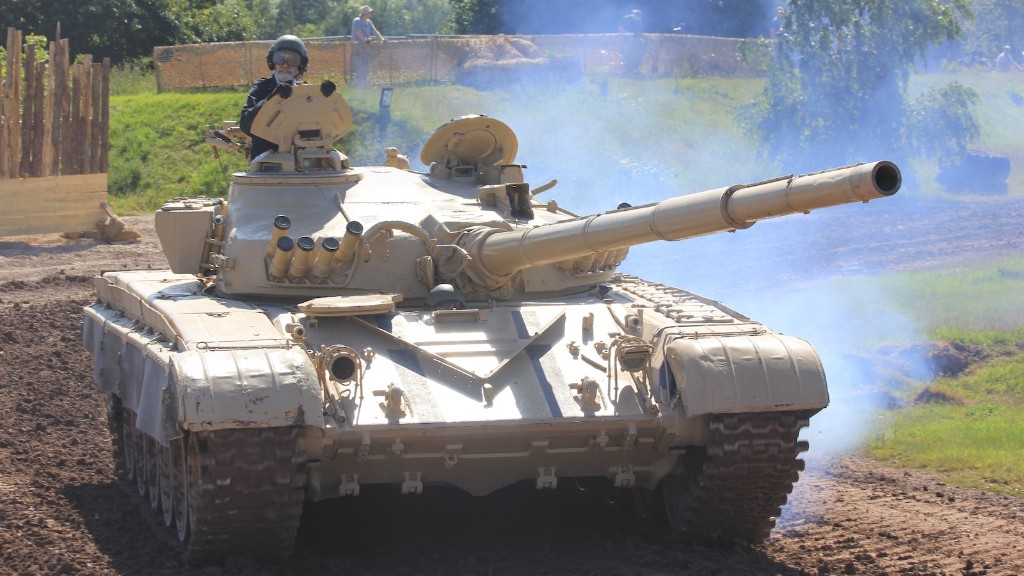Overview
China has the largest military force in the world, surpassing the United States in both active service personnel and defense expenditure. As of February 2019, the People’s Liberation Army (PLA) has been estimated to have a total manpower of around two million active personnel, according to the International Institute for Strategic Studies (IISS). On the other hand, Defense News has estimated the PLA’s reserve personnel to equal the nation’s two million active-duty military. Moreover, data published by the Stockholm International Peace Research Institute (SIPRI) in June 2019 notes that the nation’s total official defense expenditure for 2018 amounted to US$250 billion, exceeding the amount associated with the United States.
Size Comparision
A comparison of China’s tally with the figures for the United States reveals that the former employs more than twice the number of active personnel employed by the latter. The 2019 Military Strength Ranking report published by Global Firepower states that the US has 1,366,895 active personnel whereas, it places China’s number at 2,035,000. The same report claims that the US is followed by Russia and India as the second and third largest military forces, respectively. In terms of defense spending, while the US invested USD 686 billion in 2018, the other two countries spent USD 61.9 billion and USD 62.9 billion respectively.
Military Build up
A considerably large share of the Chinese economy has been invested in defense sector. In the past two decades, Beijing has utilized its economic resources to establish a powerful military and to maintain it. This has included modernizing the PLA forces and broadening their capabilities. The Chinese authorities have increased their focus on developing capabilities in areas such as naval and cyber warfare, and investing in advanced equipment, personnel and training. According to the US–China Economic and Security Review Commission’s 2019 report, the nation has been prioritizing the development of capabilities in the coastal and maritime lines, long-range precision strike capability, integrated joint operations with its air and missile defense, space and counter-space operations, and information warfare operations.
Socio Political Impact
Though a single party, China’s ownership of a powerful and large force has enabled the nation’s leaders to maintain their grip on the population. This has helped the Chinese Communist Party to maintain the nation’s political and economic control, particularly in addition to authoritarian practicesput in place by leaders.The IISS report notes that the Chinese government implementscensorship, restrictive internet access, and other tactics of political propaganda in order to monitor and, if necessary, subdue dissent by its military personnel.
Military Reforms
Reforms in China’s military have been implemented since President Xi took over office in 2013, mainly to increase its effectiveness. This has included localizing the forces’ acquiring advanced hard power capabilities and optimizing their organization structure. Thus, China has been able to leverage its military to expand its geopolitical influence, but still lacks a global expeditionary capacity. The country has also refrained from deploying its military forces overseas and its engagements in diplomatic or international missions have been limited.
Competition
The Chinese authorities have been concerned about the US−led alliance systems in East Asia, in which nations of the region have member states that are primarily militarily staffed and supported by the US. It has been reported that the Chinese government has identified that it needs to establish a security network of its own in order to maintain its geopolitical positioning in East Asia, and East Asia in general. As part of this effort, China has increased its engagement with its neighbors in the region in order to create strategic partnerships.
Impact on US
The US−led alliance system in East Asia, or most commonly referred to as the “Indo-Pacific strategy”, has posed a challenge to Chinese military capabilities. While the US has continued to build its presence in the region, seeing the Chinese advances as a major challenge to its own interests, Beijing has repeatedly emphasized that its military’s sole purpose is to protect its sovereign interests. On the other hand, the US continues to emphasize its right to deploy military personnel to other nations when deemed necessary and has urged other countries of the region to join its alliance as a collective effort against China’s growing risk.
Territorial Disputes
In recent years, Beijing has faced criticism from a number of other nations over its territorial and maritime disputes in East and South China Seas. Countries such as Japan, Vietnam, the Philippines, and Malaysia, among others, have accused China of activities that are deemed to be aggressive and provocative. This has resulted in standoffs between these countries and China, with the Chinese government using its military to assert its presence in the surrounding waters. China has reportedly continued to expand artificial islands in order to strengthen its foothold in the region.
Regional Conflict
China’s increasing presence in recent years has further aggravation to the already existing regional conflicts between China and other neighboring nations. The latter believe that China has been attempting to undermine their regional stability, leading to a heightened tension in the region. The US, seeing this increasing regional tension as a serious threat has shifted its focus to the Indo-Pacific area, putting the control of this region at the top of its agenda. Despite its
South China Sea policy, the US has refrained from taking any direct action against China, apart from issuing warnings and condemning China’s aggressive activities.
Fears of Conflict
Despite having the world’s largest military, the country has revealed that its agenda for the region does not involve the forceful projection of its power. Nonetheless, due to its increasing presence, analysts have warned about the potential for armed conflict to break out in the region. According to international relations and security analysts, the Chinese military would be better equipped to face any external threats than any defense forces from the neighboring states, thus heightening the prospects of a regional confrontation.


